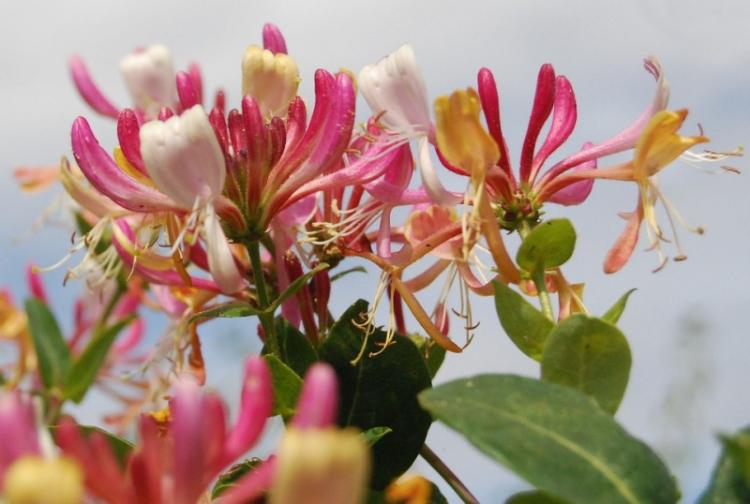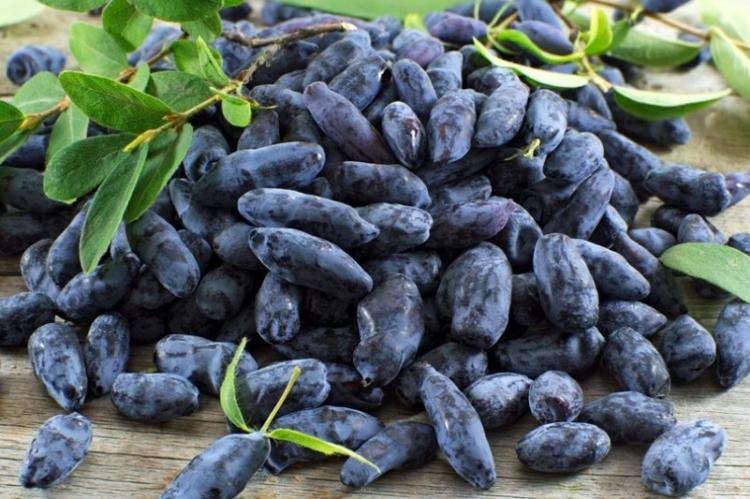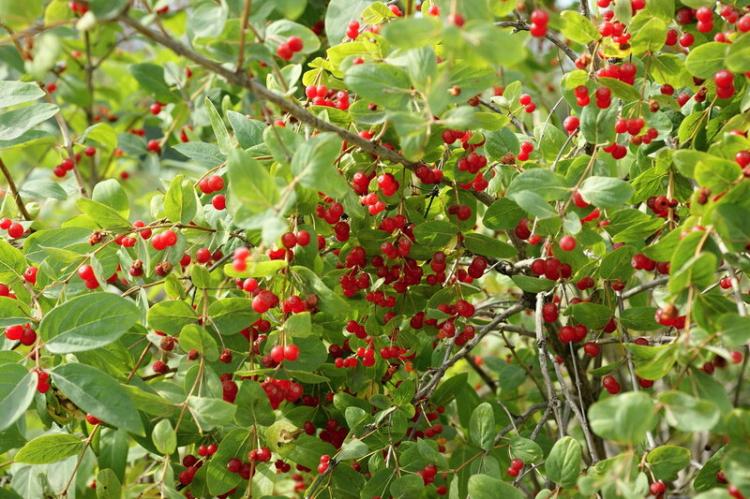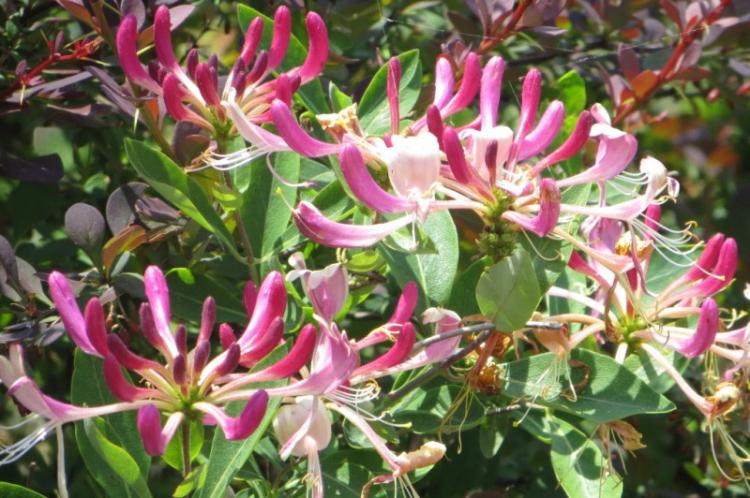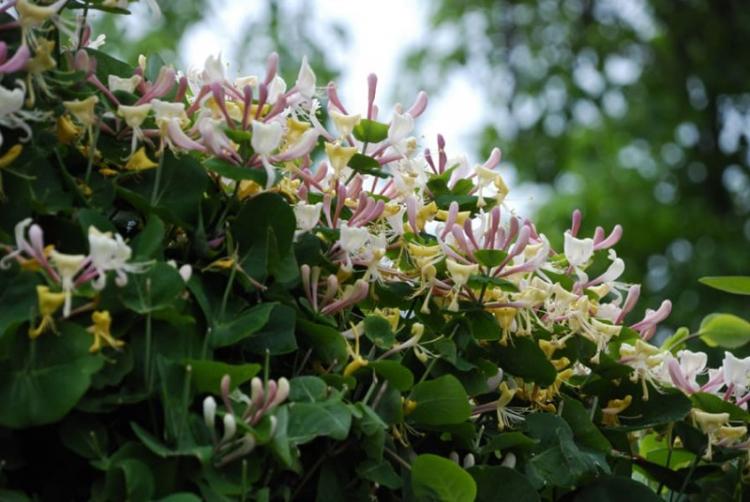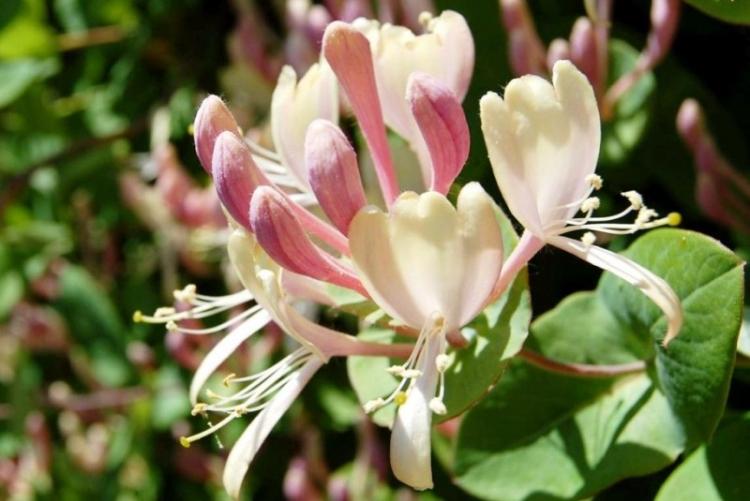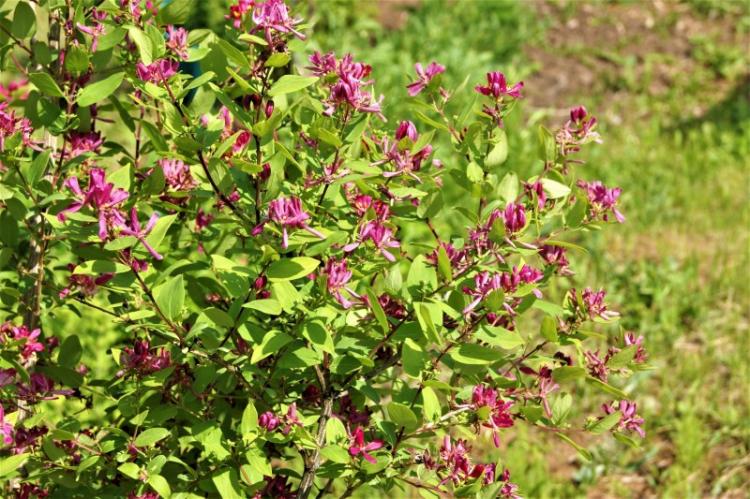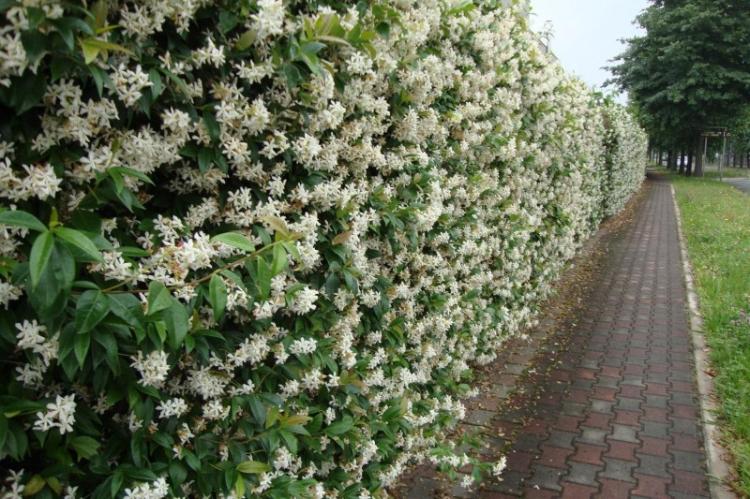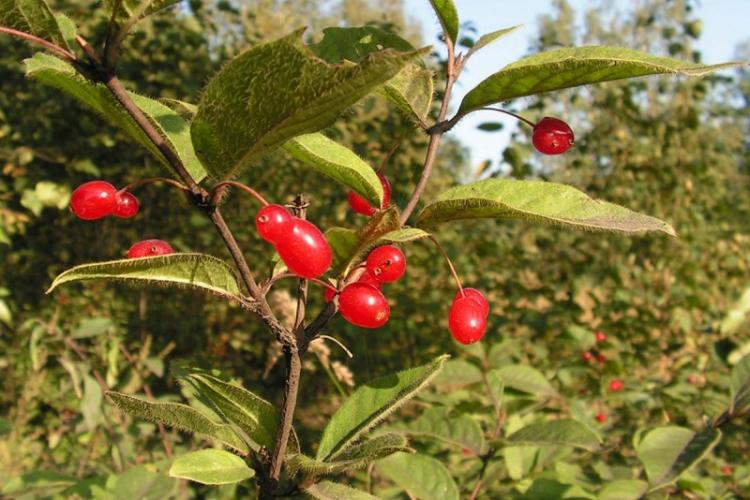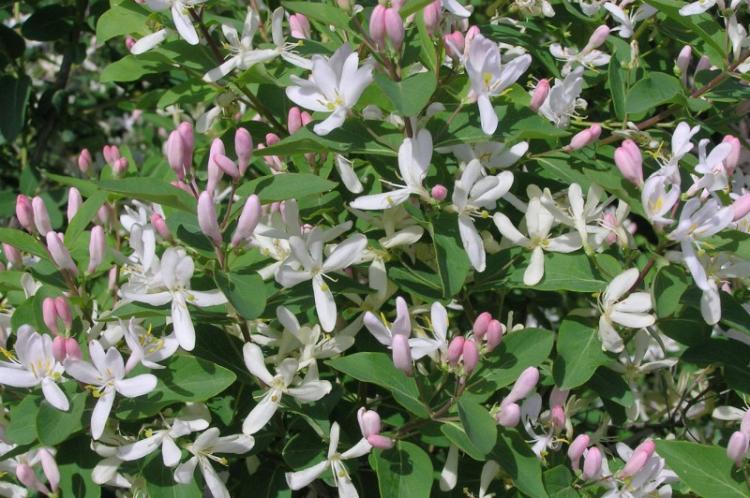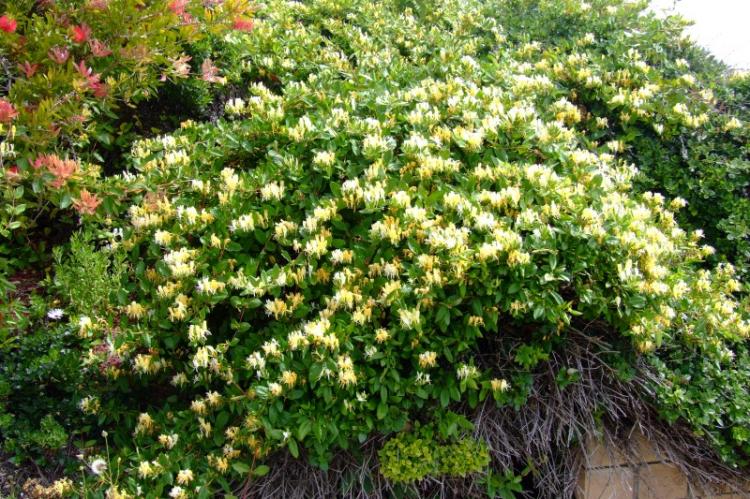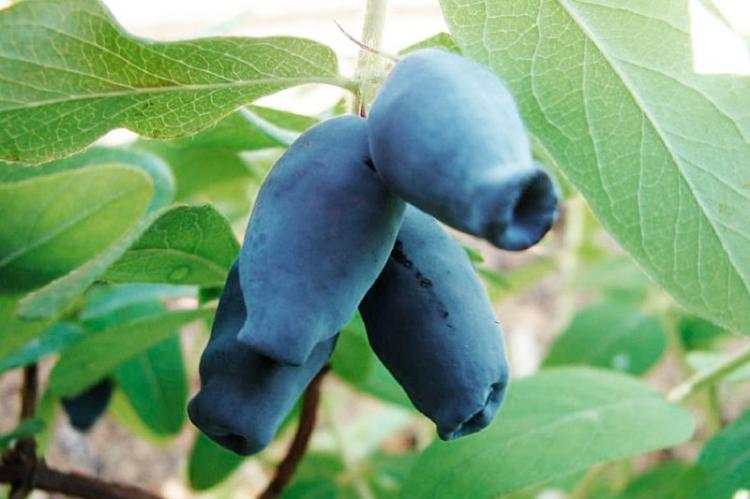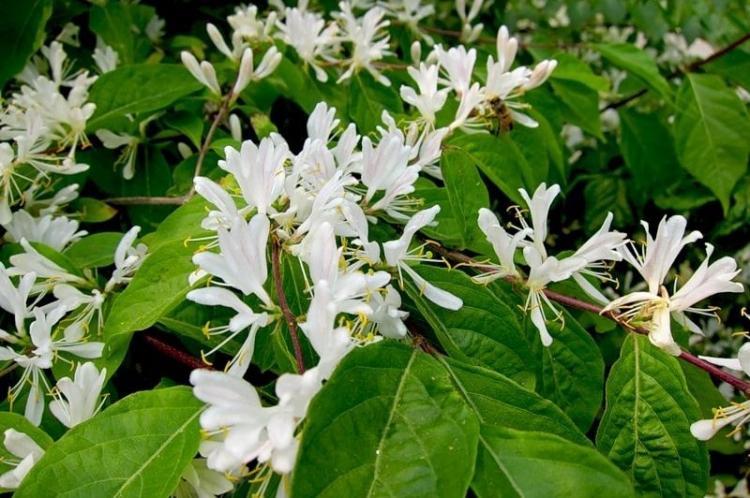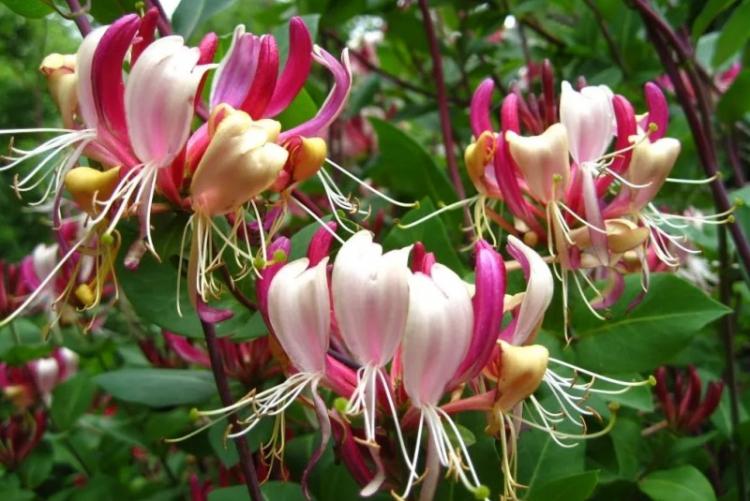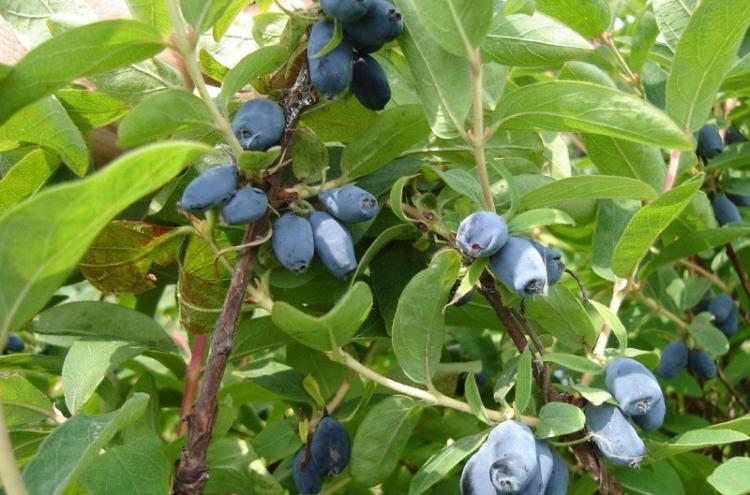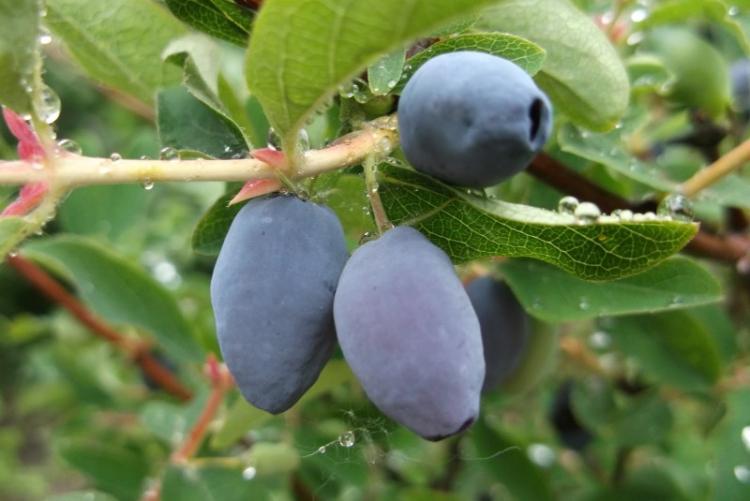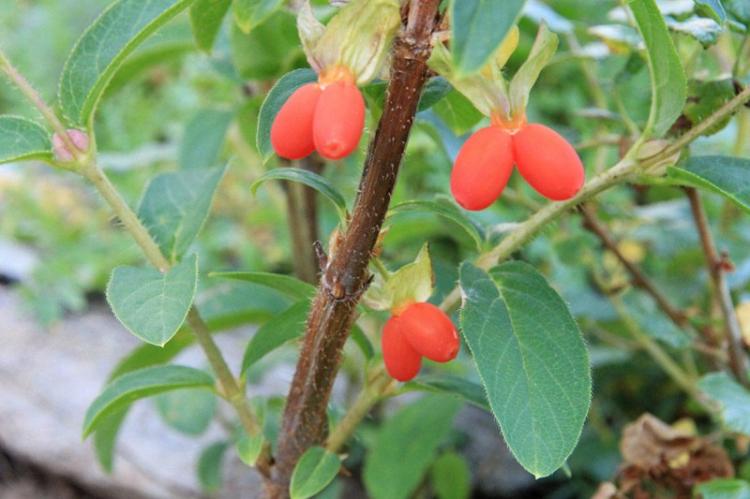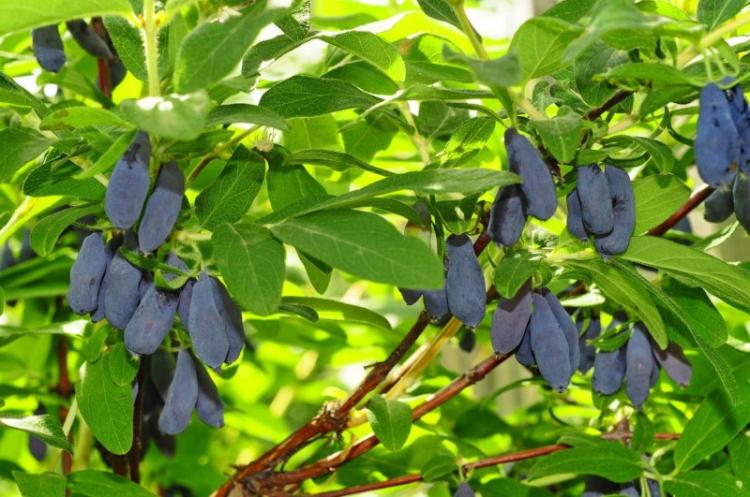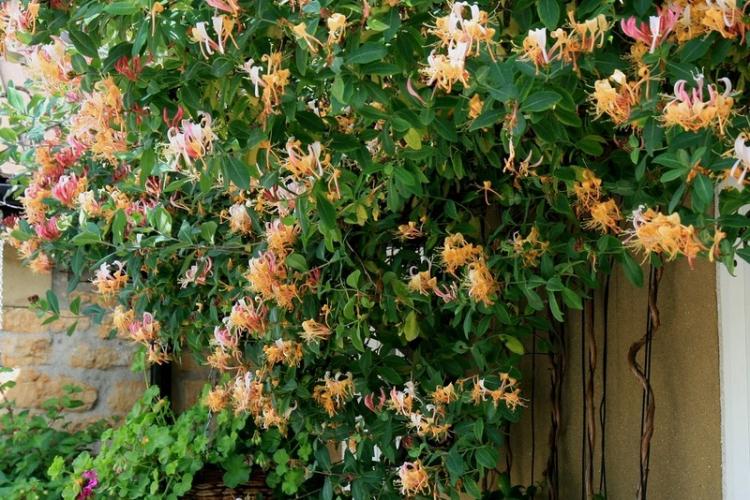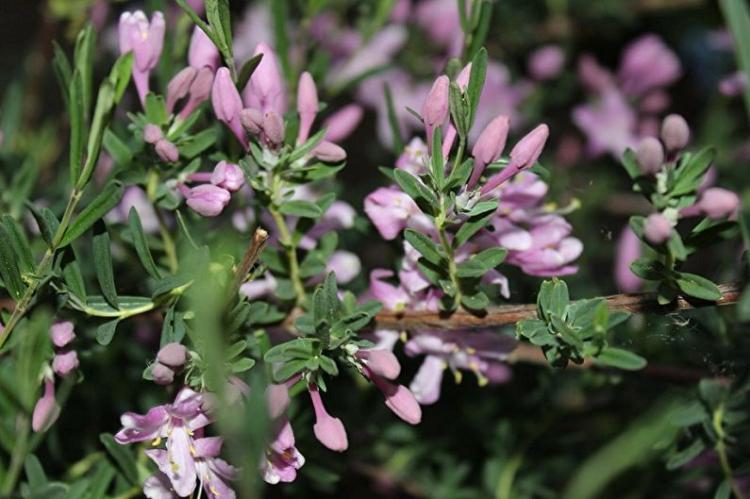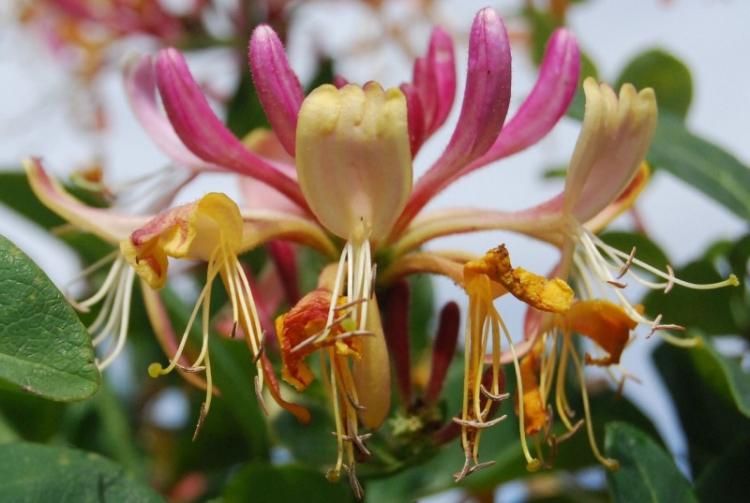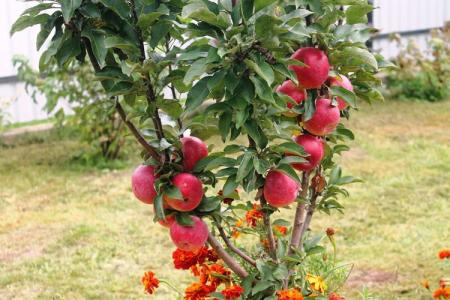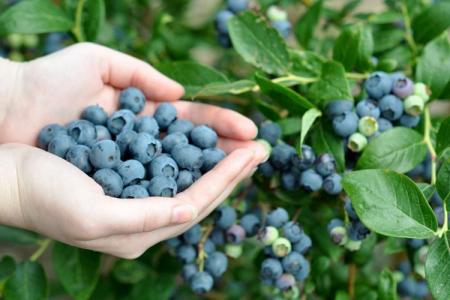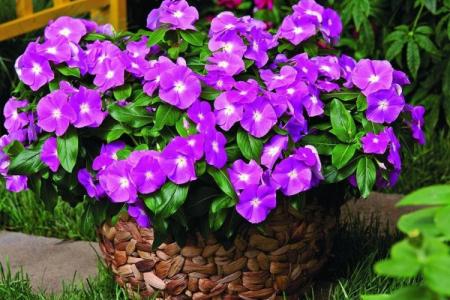
Colorful, graceful and berry-studded, honeysuckle can be found in almost any garden. It is fruitful, durable, unpretentious and beautiful, therefore it pleases both flower growers and lovers of harvesting. Did you know that there are actually many more types of honeysuckle than you might think? And that with its help you can create real decorative landscape compositions? And we are already ready to tell you how to do it and what to look for!
general characteristics
In its natural environment, honeysuckle is common in almost all regions of the Northern Hemisphere. More than 50 species grow on the territory of Russia alone, about a third of which are with edible fruits.
Different varieties differ significantly from each other: these are upright and climbing shrubs, creeping vines, low small bushes. During flowering, they are all strewn with numerous bright flowers in capitate inflorescences. The most common shades are pink, white, yellow and red, and the fruits are reds, oranges, yellows and blues.
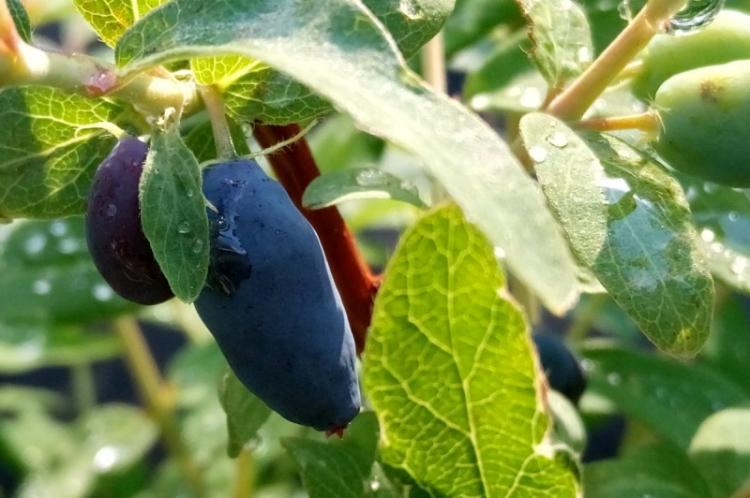
Types of honeysuckle
There are more than 200 types of honeysuckle in the world, and all of them differ in appearance, aroma and taste of the fruit. In gardens, several dozen of them are most often grown.
Tatar honeysuckle
Deciduous, graceful shrub, 3 meters tall, densely covered with small white or pink flowers. It is a beautiful ornamental plant and a popular honey plant in the southeastern regions and foothills of Altai. Small fruits are notable for their fiery red-orange color, but the taste is bitter and inedible.
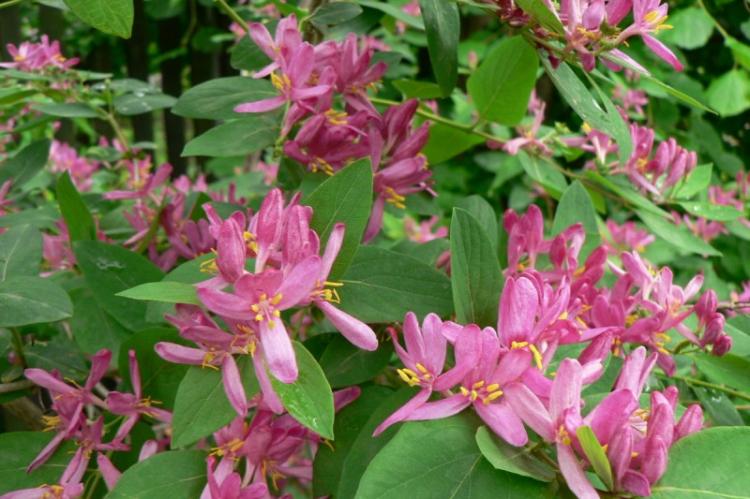
Curly honeysuckle
In Europe, this variety appeared more than a century ago, and since then it has been actively used to decorate gazebos and hedges. This is a tall climbing shrub that rises up to 6 meters and is covered with large egg-shaped leaves of a dark green color.
Curly honeysuckle blooms in large yellow-red flowers up to 5 cm with a strong sweet aroma. It is very bright and decorative, for which it is appreciated by flower growers. Its large, juicy fruits, although considered inedible, adorn the dense and lush shrub with bright red berries.
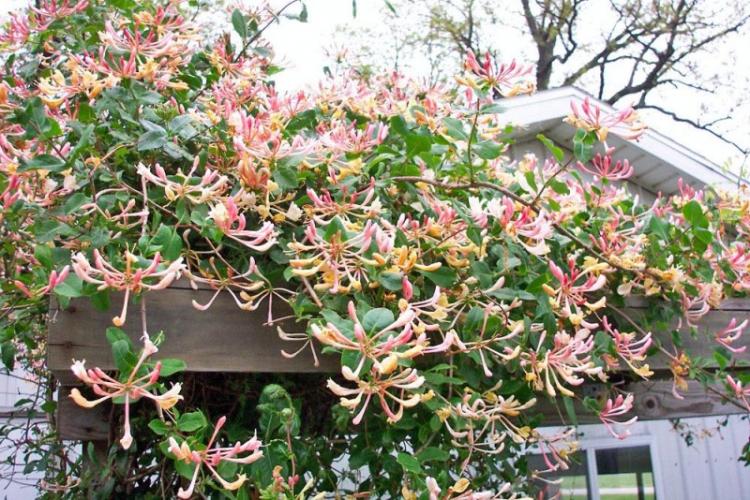
Honeysuckle
The second name of the variety is fragrant honeysuckle, which is known for its unsurpassed aroma. This is an ideal decorative view for vertical gardening of plots, because the bush grows up to 6 meters in height. Honeysuckle grows well and decorates gazebos for 40-50 years, and begins to bear fruit at 4 years old. Please note that the berries of this variety are considered poisonous.
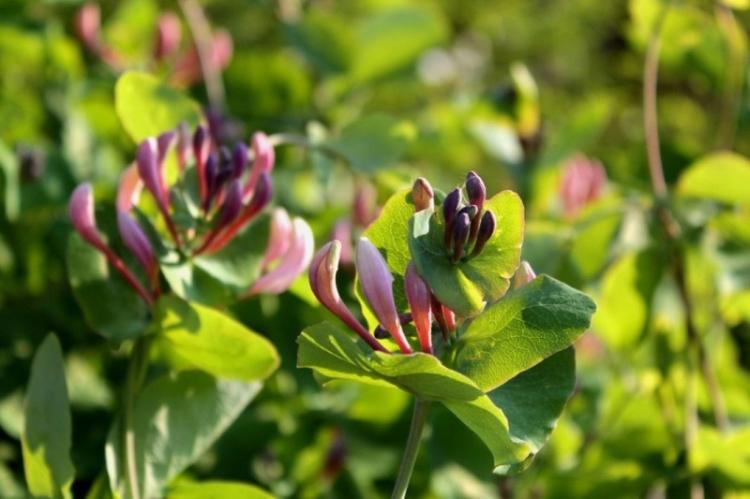
American honeysuckle
Breeders bred an unusual hybrid, crossing honeysuckle and Tuscan honeysuckle together. It is a curly ornamental variety with vibrant yellow-purple flowers, but it definitely requires shelter for the winter.
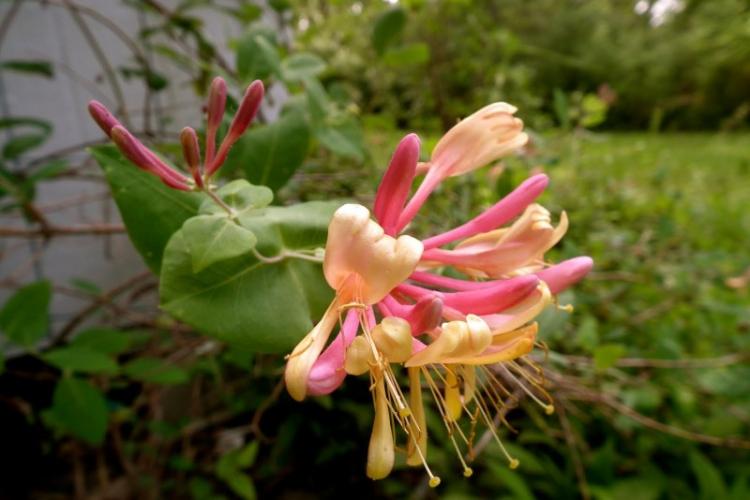
Canadian honeysuckle
It is one of the edible varieties with bright large red fruits up to 10 mm in diameter. A low shrub up to 1.5 meters is good for landscaping gazebos, borders, edges and garden compositions. Pale yellow paired flowers with reddish blotches look interesting.
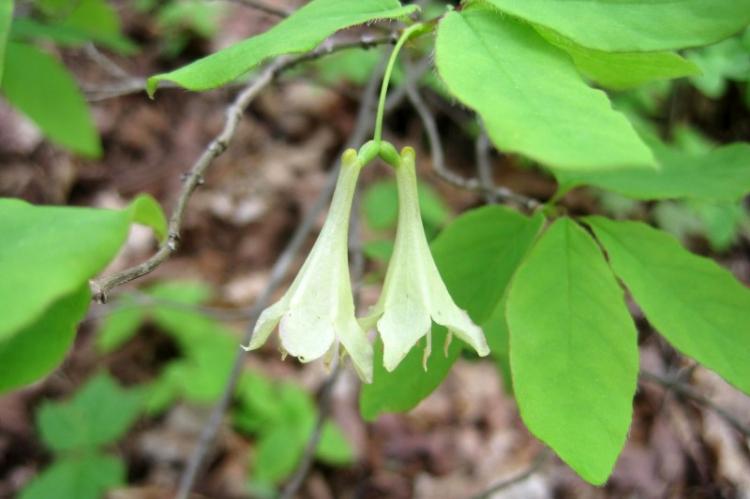
Blue honeysuckle
It is one of the most popular edible varieties found in the Alps and Carpathians. It is used as an ornamental plant to decorate hedges or garden groups, and also as a honey plant. A spreading shrub with rounded lanceolate leaves and pale yellow bell flowers grows up to 2 meters.
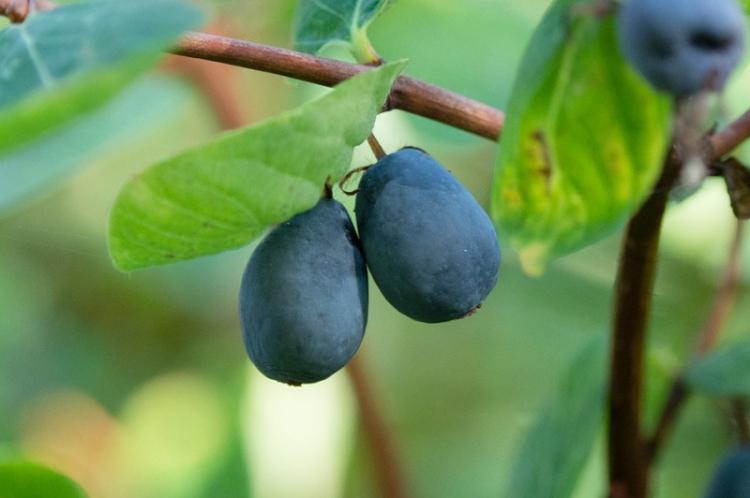
Honeysuckle Maksimovich
An ornamental shrub native to Korea and China is named after a botanist who researched the local flora. In the garden, sprawling honeysuckle with bright red-purple flowers is used as an ornamental one. Its branches and leaves are used in cosmetology, folk medicine and for the manufacture of natural dyes.
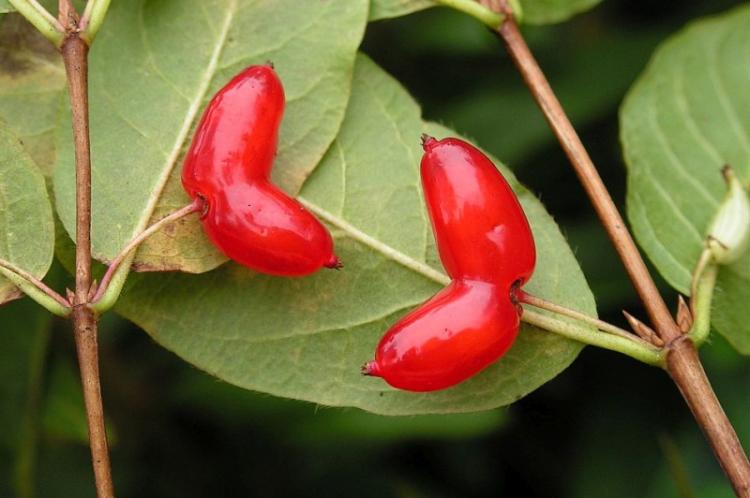
Albert's honeysuckle
A low, thin and graceful shrub with small leaves on delicate shoots.Its purple flowers adorn the alpine hills and emit a delicate yet vibrant scent. The variety tolerates drought and heat well, but it definitely requires shelter for the winter.

Real honeysuckle
An ornamental honey variety is found throughout Europe in natural conditions - in mixed and deciduous forests. In the garden, it is good for decorating fences and creating hedges. Dense, bright shrubs with white flowers stretch up to 3 meters, but their fruits are considered dangerous, although they contain many useful active ingredients.
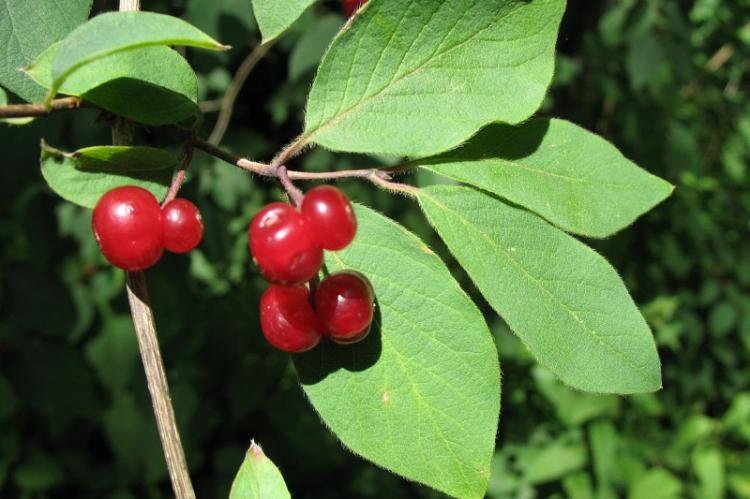
Alpine honeysuckle
The variety came to us from the European south, but it tolerates winter well and is almost not afraid of diseases. This is a short shrub up to 1.5 meters with a spherical crown and dark large leaves. Alpine honeysuckle with its yellow-green flowers looks good both on its own and in group planting. But keep in mind that its fruits, similar to large cherries, are inedible and poisonous.

Golden honeysuckle
One of the most unpretentious species easily tolerates winter and does not require complex care. The dense, spreading crown grows up to 4 meters, and the bright golden flowers are famous for their delicate honey aroma.

Early flowering honeysuckle
The main advantage of this variety is obvious from its name: the flowers of the graceful south-eastern honeysuckle bloom earlier than other species. The shrub itself is not too branched, but it grows up to 4 meters and is dotted with pale pink paired flowers with an unusual citrus aroma.
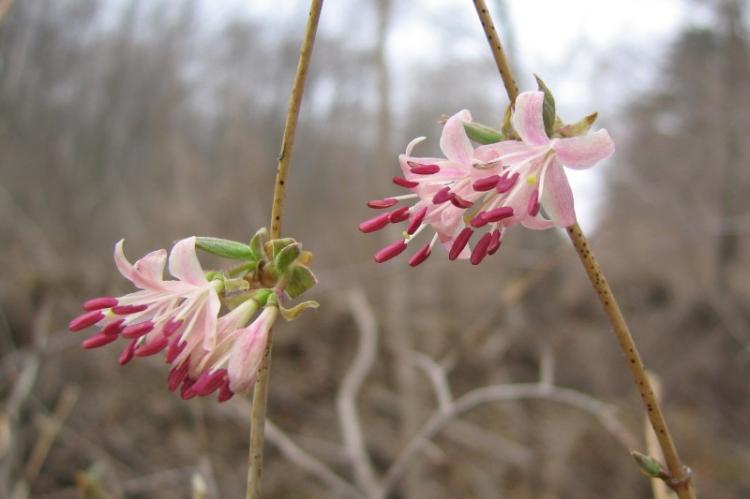
Maak's honeysuckle
The oriental variety is widespread in Asia, Japan, China and Korea, and in our latitudes it is actively used in landscape design. Against the dark green background of dense foliage, delicate white flowers bloom with a delicate and faint scent.
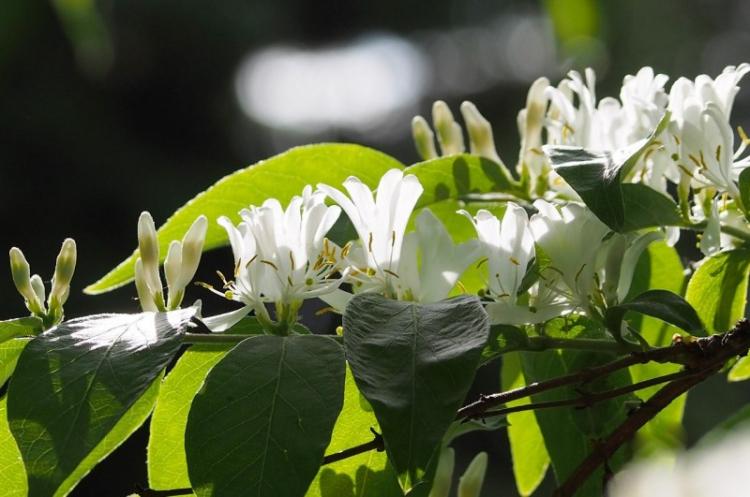
Honeysuckle care
Honeysuckle is quite unpretentious to care for, and there are almost no special secrets that differ from other horticultural crops. With proper care, flowering and fruiting begins quite early - in early summer, and soon it is possible to harvest from edible varieties.
Temperature
Winter-hardy varieties of honeysuckle easily tolerate low temperatures, some of them even up to -50 degrees. Flowers cope well with spring frosts, but winter thaws sometimes lead to a harmful early awakening.
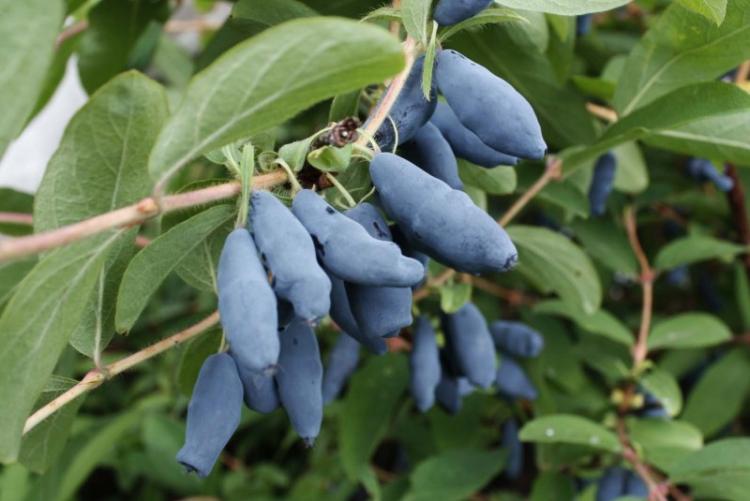
Lighting
Choosing the right place is one of the main points necessary for fast and healthy plant growth. Honeysuckle loves well-lit, sunny places without strong winds and drafts. But some varieties prefer shaded areas - be sure to check this in advance.
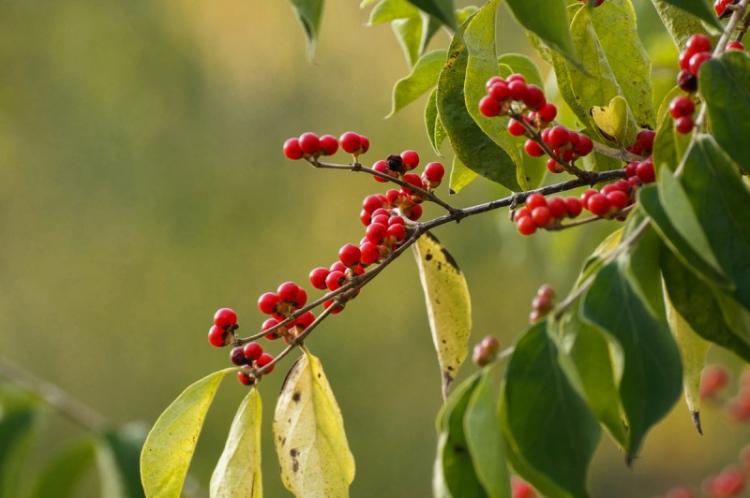
Watering
High-quality regular watering is the basis for the active and rapid growth of honeysuckle. In nature, it often grows in swampy areas, therefore it requires a large amount of moisture, especially during flowering and fruiting. On average, non-daily watering requires about one and a half buckets of water per bush.

Fertilizers and feeding
For the first few years, honeysuckle, planted in properly selected soil, does not need additional feeding. It is enough to fertilize an adult plant once every 2 years with organic mixtures in the second half of autumn. In the spring, before the kidneys open, inject ammonium nitrate or urea solution.
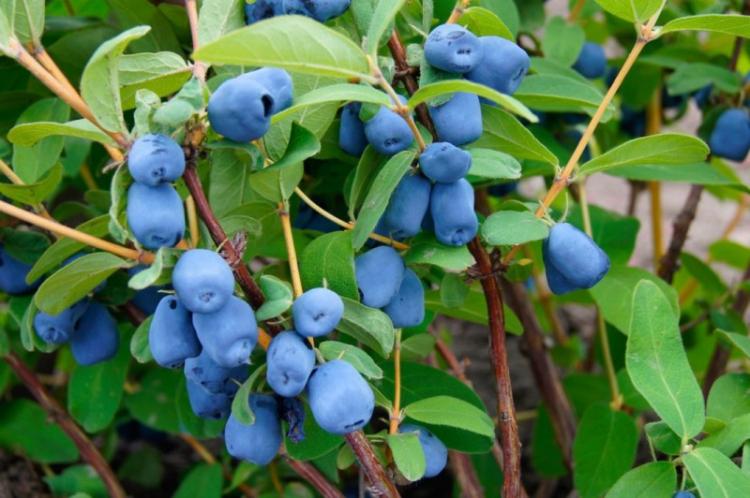
Pruning
The first 2-3 years, the young shrub is only gaining strength and does not need pruning. In the future, it will only be needed for molding or if individual shoots are too dense and grow quickly. Sometimes the need for the first pruning occurs only at 7-8 years old - and this is absolutely normal for honeysuckle.
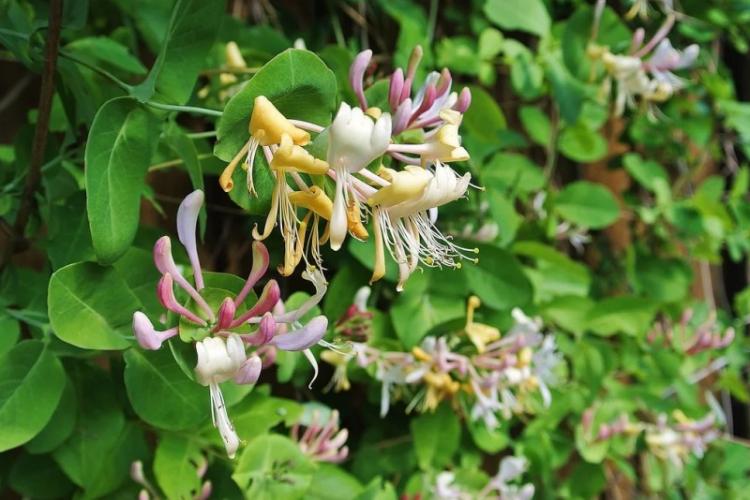
Planting and breeding honeysuckle
Honeysuckle reproduces in all the classic ways typical of ornamental shrubs. In early spring, harvest large cuttings before budding on the honeysuckle. They take root in the soil within the first month with sufficient moisture and under a protective film.
You can propagate the shrub by layering in the middle of summer, bending several young and strong shoots to the loosened soil.And shrubs from 6 years old and older can be propagated by ordinary division, dividing the rhizome with a pruner or saw.
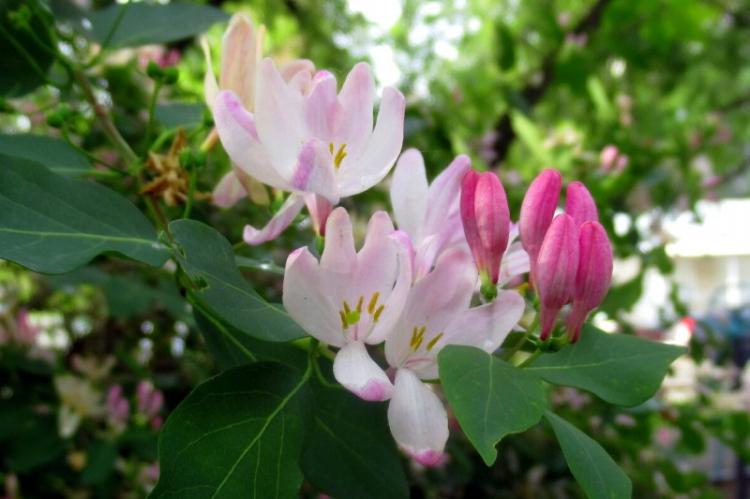
Pest and disease control
If you see that individual fragments of the leaves dry out, and over time all the foliage begins to dry, this is a fungal ramulariasis. If you leave the situation to chance, the affected area grows rapidly, and it will be much more difficult to save the flower.
Dirty green spots that turn gray and brown over time are most often indicative of cercospora. Shrinking shoots are the first symptom of tuberculariosis, which is manifested by brown tubercles on the branches. Whitish bloom is powdery mildew, which first covers young leaves, but then spreads.
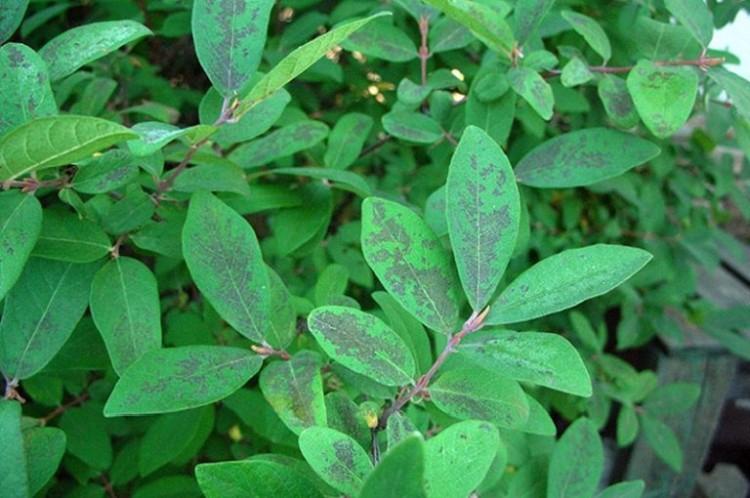
The danger of diseases is that fungal spores survive even the winter and re-settle in the spring, so all affected shoots and foliage must be removed and burned. To prevent the appearance of fungus, introduce mineral fertilizers on time and use fungicides for preventive treatment.
The most common pests of honeysuckle are leafworms, honeysuckle fingerflies, aphids, moths, and scale insects. Do not forget about the treatment of shrubs with insecticides, which are introduced by small-drop irrigation strictly in dry weather in several visits with an interval of 1-2 days.
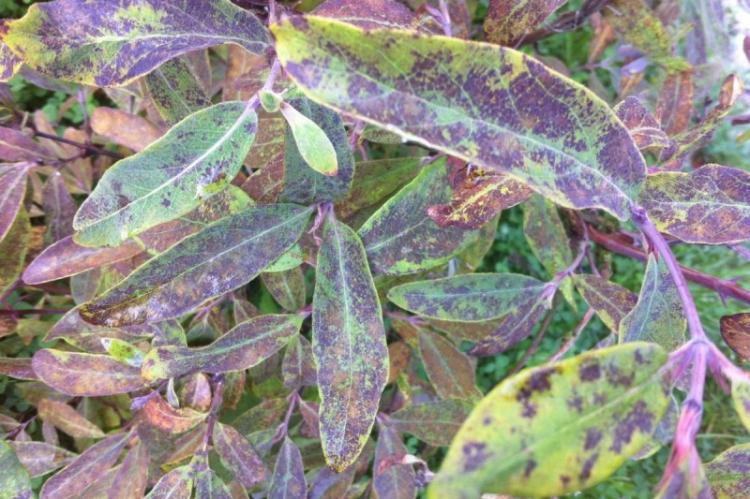
Honeysuckle - photo
It is only at first glance that honeysuckle is an ordinary unremarkable flowering shrub. We have already said that in fact there are much more subtleties and varieties. And now we have also picked up a whole photo gallery especially for you!
